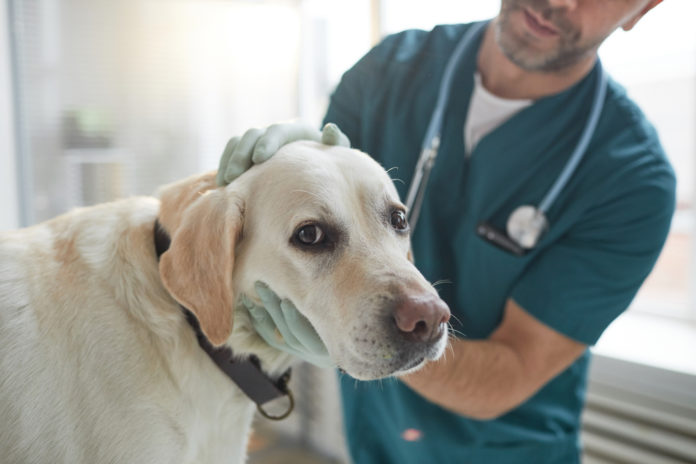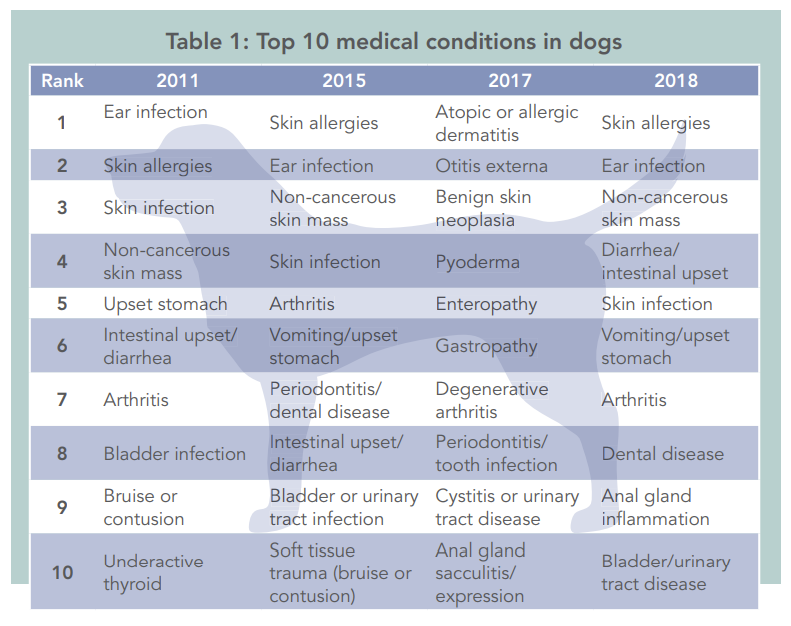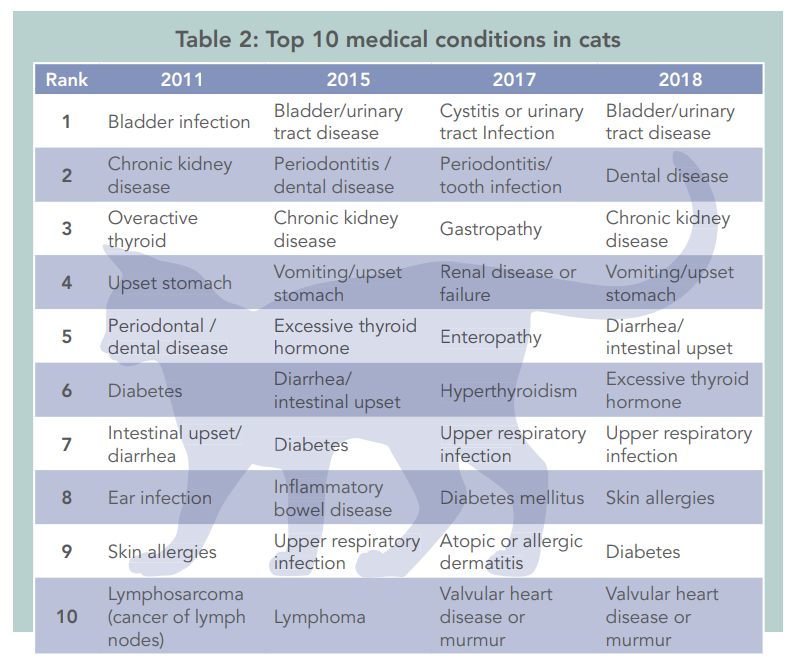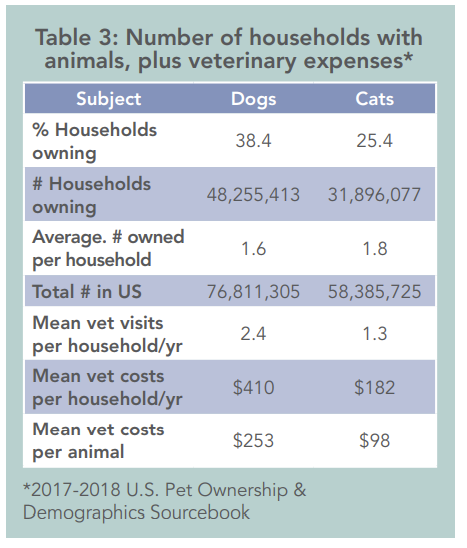10 most common medical conditions in dogs and cats

From allergies to thyroid problems…take a look at the most common medical conditions veterinarians see in their dog and cat patients.
When you take your dog or cat to the vet for allergies, a bladder infection, or dental disease, rest assured that the doctor probably has a lot of experience dealing with these issues. Why? Because they’re among the most frequently-seen health problems in these species. In this article, we’ll examine the ten most common medical conditions affecting dogs and cats.
Which conditions top the list?
Dogs: Between 2011 and 2018, according to pet health insurance carriers Veterinary Pet Insurance and Nationwide, skin allergies, ear infections, and dermatitis were the most common health issues in dogs (see Table 1). These statistics reflect the fact that the number of dogs with documented skin and ear disorders has been increasing over the past decade by as much as 15% to 20%.

Cats: Bladder and urinary tract problems are the most common disorders in felines, followed closely by dental disease (see Table 2).

Other common health problems
Digestive and intestinal problems are prevalent in both dogs and cats. The stats further indicate that dogs have more anal gland issues and arthritis, while cats are more prone to diabetes and upper respiratory infections.
Endocrine disorders of the thyroid are becoming more common, especially in dogs (e.g. familial hypothyroidism and heritable autoimmune thyroiditis), and older cats (e.g. overt and occult hyperthyroidism). More middle-aged and older dogs are diagnosed with overactive adrenal function (Cushing’s), while more older cats have chronic renal failure. Increases in these conditions are believed to reflect not only increased awareness and more reliable diagnostics, but also the increased impact of environmental pollution and global warming.
Medical costs for treating these conditions
According to the Tables shown here, the frequency and ranking of these medical conditions have not appeared to have changed much since 2011, although the cost of therapy has risen significantly. In 2011, pet insurance policy holders spent $46 million on treating these top ten conditions. Parallel medical cost figures for the years 2015, 2017, and 2018 were more than $68, $96, and $119 million, respectively.
In 2018, an analysis of 725,000 animals insured by Nationwide determined that the average insurance claim for skin allergies in 180,000 dogs was $279 per dog. For the 8,700 claims for cats with bladder and urinary tract diseases, the average cost was $515 per cat. The costliest medical condition claim for dogs was for dental disease at $450 per dog, but this was exceeded by $871 per cat for felines with diabetes.
 Treating and preventing common health problems in your dog or cat
Treating and preventing common health problems in your dog or cat
Despite the prevalence of these medical conditions in our canine and feline companions, there’s plenty you can do to help prevent them from manifesting in your own dog or cat. A healthy, high quality, meat-based diet with raw bones and fresh, pure water is a good place to start. Also keep vaccines to a minimum; eliminate or at least reduce his exposure to environmental toxins; make sure he’s getting adequate exercise and staying at a healthy weight; minimize stress levels and give him lots of TLC; and be sure to have him checked out regularly by your veterinarian.
“Pet owners are encouraged to schedule regular medical checkups as recommended by their veterinarians to prevent many common yet problematic medical conditions,” says veterinarian Dr. Carol McConnell. “The majority of medical conditions in the top ten list can be successfully managed if treated promptly by a veterinarian. Early detection can prevent many of these issues from becoming severe.”
I couldn’t agree more!



